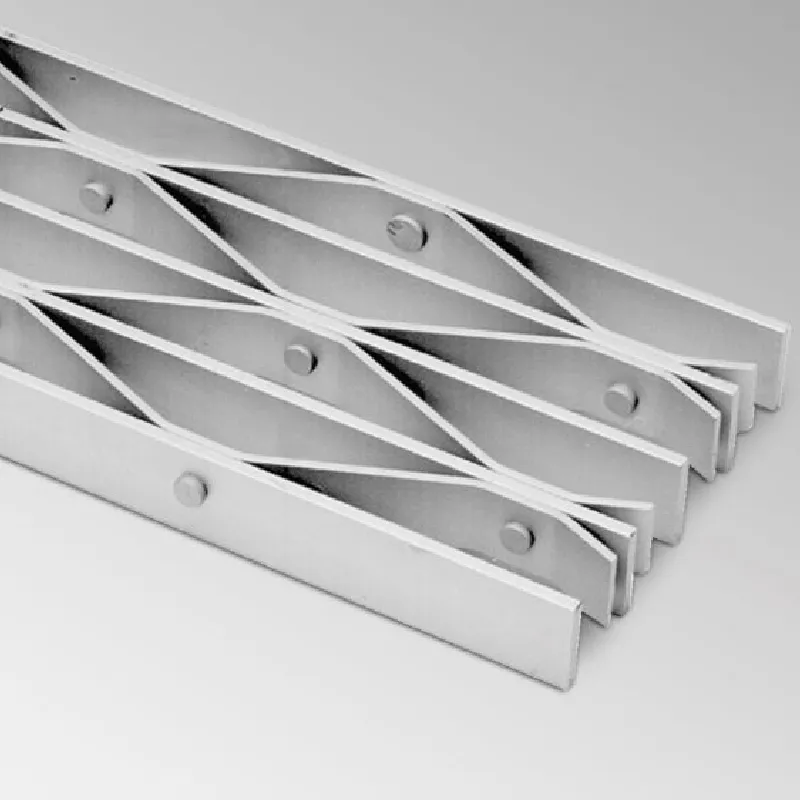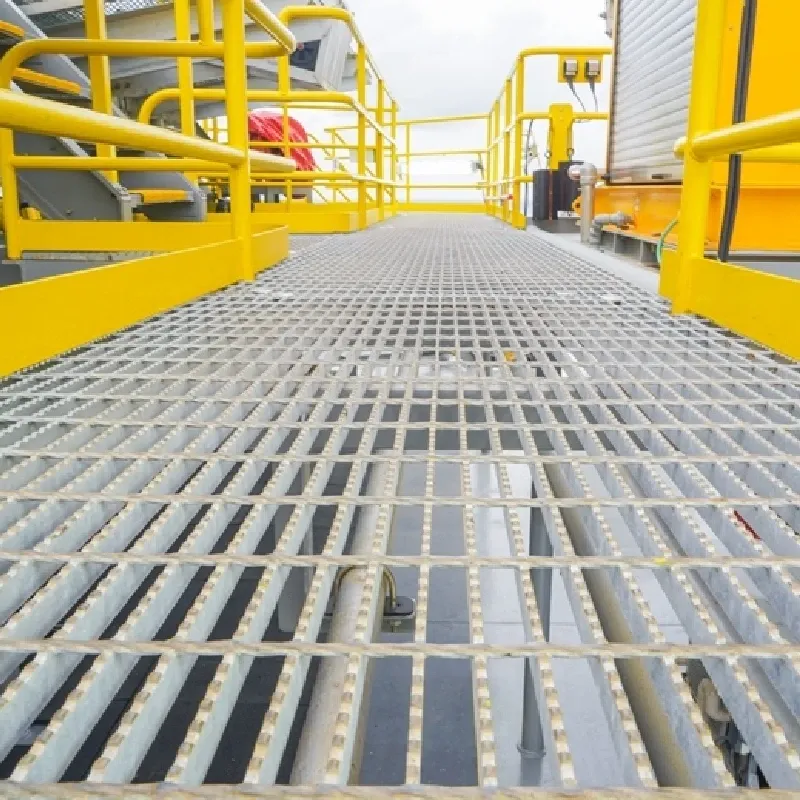- Industrial zone, South of Anping Town, Hengshui, Hebei, China.
- sales@hfpetromesh.com
- +86-18931809706
 Afrikaans
Afrikaans  Albanian
Albanian  Amharic
Amharic  Arabic
Arabic  Armenian
Armenian  Azerbaijani
Azerbaijani  Basque
Basque  Belarusian
Belarusian  Bengali
Bengali  Bosnian
Bosnian  Bulgarian
Bulgarian  Catalan
Catalan  Cebuano
Cebuano  Corsican
Corsican  Croatian
Croatian  Czech
Czech  Danish
Danish  Dutch
Dutch  English
English  Esperanto
Esperanto  Estonian
Estonian  Finnish
Finnish  French
French  Frisian
Frisian  Galician
Galician  Georgian
Georgian  German
German  Greek
Greek  Gujarati
Gujarati  Haitian Creole
Haitian Creole  hausa
hausa  hawaiian
hawaiian  Hebrew
Hebrew  Hindi
Hindi  Miao
Miao  Hungarian
Hungarian  Icelandic
Icelandic  igbo
igbo  Indonesian
Indonesian  irish
irish  Italian
Italian  Japanese
Japanese  Javanese
Javanese  Kannada
Kannada  kazakh
kazakh  Khmer
Khmer  Rwandese
Rwandese  Korean
Korean  Kurdish
Kurdish  Kyrgyz
Kyrgyz  Lao
Lao  Latin
Latin  Latvian
Latvian  Lithuanian
Lithuanian  Luxembourgish
Luxembourgish  Macedonian
Macedonian  Malgashi
Malgashi  Malay
Malay  Malayalam
Malayalam  Maltese
Maltese  Maori
Maori  Marathi
Marathi  Mongolian
Mongolian  Myanmar
Myanmar  Nepali
Nepali  Norwegian
Norwegian  Norwegian
Norwegian  Occitan
Occitan  Pashto
Pashto  Persian
Persian  Polish
Polish  Portuguese
Portuguese  Punjabi
Punjabi  Romanian
Romanian  Russian
Russian  Samoan
Samoan  Scottish Gaelic
Scottish Gaelic  Serbian
Serbian  Sesotho
Sesotho  Shona
Shona  Sindhi
Sindhi  Sinhala
Sinhala  Slovak
Slovak  Slovenian
Slovenian  Somali
Somali  Spanish
Spanish  Sundanese
Sundanese  Swahili
Swahili  Swedish
Swedish  Tagalog
Tagalog  Tajik
Tajik  Tamil
Tamil  Tatar
Tatar  Telugu
Telugu  Thai
Thai  Turkish
Turkish  Turkmen
Turkmen  Ukrainian
Ukrainian  Urdu
Urdu  Uighur
Uighur  Uzbek
Uzbek  Vietnamese
Vietnamese  Welsh
Welsh  Bantu
Bantu  Yiddish
Yiddish  Yoruba
Yoruba  Zulu
Zulu
- Afrikaans
- Albanian
- Amharic
- Arabic
- Armenian
- Azerbaijani
- Basque
- Belarusian
- Bengali
- Bosnian
- Bulgarian
- Catalan
- Cebuano
- Corsican
- Croatian
- Czech
- Danish
- Dutch
- English
- Esperanto
- Estonian
- Finnish
- French
- Frisian
- Galician
- Georgian
- German
- Greek
- Gujarati
- Haitian Creole
- hausa
- hawaiian
- Hebrew
- Hindi
- Miao
- Hungarian
- Icelandic
- igbo
- Indonesian
- irish
- Italian
- Japanese
- Javanese
- Kannada
- kazakh
- Khmer
- Rwandese
- Korean
- Kurdish
- Kyrgyz
- Lao
- Latin
- Latvian
- Lithuanian
- Luxembourgish
- Macedonian
- Malgashi
- Malay
- Malayalam
- Maltese
- Maori
- Marathi
- Mongolian
- Myanmar
- Nepali
- Norwegian
- Norwegian
- Occitan
- Pashto
- Persian
- Polish
- Portuguese
- Punjabi
- Romanian
- Russian
- Samoan
- Scottish Gaelic
- Serbian
- Sesotho
- Shona
- Sindhi
- Sinhala
- Slovak
- Slovenian
- Somali
- Spanish
- Sundanese
- Swahili
- Swedish
- Tagalog
- Tajik
- Tamil
- Tatar
- Telugu
- Thai
- Turkish
- Turkmen
- Ukrainian
- Urdu
- Uighur
- Uzbek
- Vietnamese
- Welsh
- Bantu
- Yiddish
- Yoruba
- Zulu
Feb . 10, 2025 23:07
Back to list
Swage-Locked Steel Grating
Expanded metal grating, specifically the 4 expanded metal grating, is an engineering marvel that combines durability and versatility, making it an indispensable component in numerous industrial applications. Let us delve into the profound advantages and practical applications of this remarkable material.
Aside from its practical benefits, the environmental impact of using 4 expanded metal grating is minimal, which significantly contributes to its trustworthiness as a sustainable choice. The manufacturing process optimizes material usage, generating less waste compared to traditional metalworks. For eco-conscious enterprises and institutions, this attribute is particularly advantageous, aligning operational practices with broader sustainability goals. When considering installation and maintenance, 4 expanded metal gratings offer significant economic advantages. The ease with which they can be installed and configured eliminates the need for specialized equipment or labor, reducing initial costs. In terms of maintenance, they are highly resistant to wear and surface degradation, extending the intervals between costly repair operations and replacement activities. This long-term value solidifies its position as a prudent investment for businesses seeking cost-efficient infrastructure solutions. The authority of 4 expanded metal grating is supported by its compliance with rigorous industry standards and certifications. Recognized globally by engineers and architects, its consistent performance across varied applications adheres to international quality benchmarks. This adherence not only reinforces its credibility but also assures consumers of a product that meets the highest levels of safety and reliability. For those seeking a product that seamlessly combines performance, adaptability, and sustainability, 4 expanded metal grating undoubtedly meets and exceeds expectations. Enterprises and industries choosing this solution can be confident in the backing of extensive expertise and a track record of authoritative applications. Robust, versatile, and environmentally sound, it stands as a testament to cutting-edge engineering, ready to meet the challenges of contemporary infrastructural demands.


Aside from its practical benefits, the environmental impact of using 4 expanded metal grating is minimal, which significantly contributes to its trustworthiness as a sustainable choice. The manufacturing process optimizes material usage, generating less waste compared to traditional metalworks. For eco-conscious enterprises and institutions, this attribute is particularly advantageous, aligning operational practices with broader sustainability goals. When considering installation and maintenance, 4 expanded metal gratings offer significant economic advantages. The ease with which they can be installed and configured eliminates the need for specialized equipment or labor, reducing initial costs. In terms of maintenance, they are highly resistant to wear and surface degradation, extending the intervals between costly repair operations and replacement activities. This long-term value solidifies its position as a prudent investment for businesses seeking cost-efficient infrastructure solutions. The authority of 4 expanded metal grating is supported by its compliance with rigorous industry standards and certifications. Recognized globally by engineers and architects, its consistent performance across varied applications adheres to international quality benchmarks. This adherence not only reinforces its credibility but also assures consumers of a product that meets the highest levels of safety and reliability. For those seeking a product that seamlessly combines performance, adaptability, and sustainability, 4 expanded metal grating undoubtedly meets and exceeds expectations. Enterprises and industries choosing this solution can be confident in the backing of extensive expertise and a track record of authoritative applications. Robust, versatile, and environmentally sound, it stands as a testament to cutting-edge engineering, ready to meet the challenges of contemporary infrastructural demands.
Share
Prev:
Next:
Latest news
-
Welded Steel Bar Grating: The Rugged Industrial Flooring Solution Built for Load and LongevityNewsJun.24,2025
-
Steel Walkway Grating: Reliable, Resilient, and Built for Every StepNewsJun.24,2025
-
Shale Shaker Screen for Sale: Optimize Drilling Efficiency with Precision Screening PowerNewsJun.24,2025
-
Shaker Screen for Sale: Elevate Your Drilling Efficiency with Durable Separation SolutionsNewsJun.24,2025
-
Press Locked Steel Grating: Industrial Strength with Precision Fit for Heavy-Duty ApplicationsNewsJun.24,2025
-
Perimeter Safety Netting: The Critical Safety Upgrade for Every HelipadNewsJun.24,2025